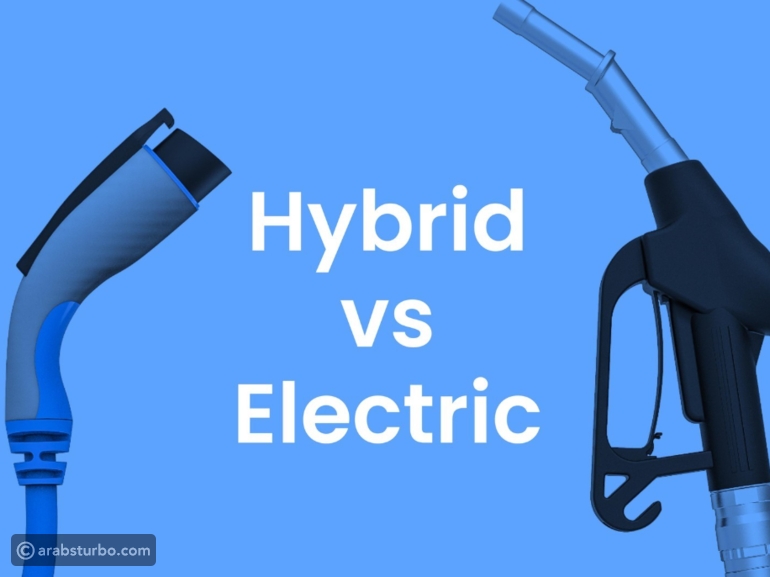
As the automobile sector moves towards sustainability, hybrid and electric cars ( EVs ) have emerged as viable options to conventional gas-fueled vehicles. Both types decrease pollution levels and enhance mileage performance but rely on distinct technological approaches. Grasping these distinctions may assist buyers in selecting a model that aligns with their specific travel requirements, financial constraints, and ecological objectives.
Power Source and Propulsion
The primary distinction between hybrid vehicles and electric cars is rooted in their power sources.
Hybrid Vehicles (HEVs & PHEVs ):
Hybrid vehicles integrate an internal combustion engine (ICE) along with an electric motor and battery system. The primary categories include:
Standard Hybrids (HEVs): These utilize regenerative braking to charge a small battery, which supports the gasoline engine but isn’t capable of powering the vehicle solely via electric energy over extended distances.
Plug-in Hybrids (PHEVs): These models feature bigger batteries that can be externally powered up, enabling them to run solely on electric power for shorter distances (usually between 20 to 50 miles) prior to activating the hybrid function.
Electric Vehicles (EVs):
EVs rely entirely on battery power, with no gasoline engine. They must be charged using an external power source (home chargers or public stations) and produce zero tailpipe emissions.
شاهد أيضاً: Chinese Electric Vehicles Lead with 76% Share of Global Market
شاهد أيضاً: Electric Vehicles: Grasping the Distinction Between kW and kWh
Fuel Efficiency and Emissions
Hybrids: PHEVs are more efficient compared to traditional cars but they still consume gasoline, thus generating certain emissions. They provide reduced emission levels when operated in electric mode.
EVs: Generate zero direct emissions and stand as the eco-friendliest choice, particularly when powered by renewable energy sources.
Driving Range and Refueling
Hybrids: Offering a combined range of 400-600 miles due to their reliance on gasoline, these vehicles are perfect for lengthy journeys that require minimal halts.
EVs: Range varies (200-500+ miles per charge), but charging infrastructure is expanding. Fast chargers can replenish 80% in 30 minutes, while home charging takes several hours.
Cost and Maintenance
Hybrids: Usually less expensive initially compared to electric vehicles, yet they still necessitate oil changes and engine upkeep.
EVs: A higher upfront expense but reduced maintenance fees (eliminating oil changes and having fewer components that move) along with decreased expenses per mile traveled.
Environmental Impact
Although electric vehicles generally have less of an environmental impact, their ecological footprint relies on the types of power sources used for electricity. Hybrid cars serve as a stepping stone, cutting down emissions without needing complete EV charging infrastructure.
This article was published on the website تيربو العرب
